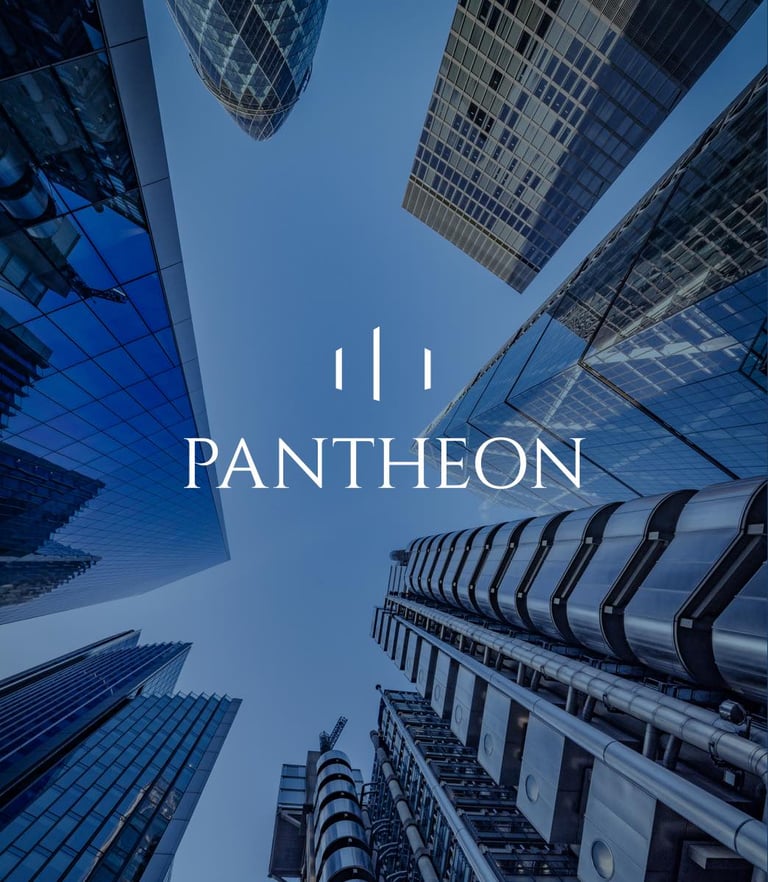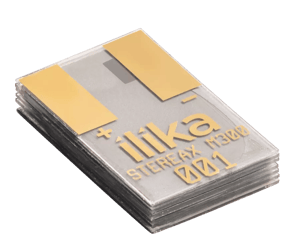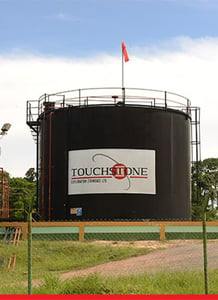Pantheon International plc (LON:PIN) key interim results message is the spectacular operational outperformance that PIP has achieved through the COVID-19 crisis so far. PIP’s sample of buyout companies (two thirds of that portfolio) reported weighted average revenue and EBITDA growth of 17% and 15%. The MSCI World Index reported falls of 17% and 31%, respectively, for the same period. PIP’s investee companies normally outperform (EBITDA growth 2013-19 average 11% higher than the index), but, through COVID-19 to November, it was 4x this level. EV/EBITDA ratings on PIP’s book are, despite this sharp outperformance, at a 1% discount to this index.
- COVID-19 sector resilience: PIP’s sub-sector sensitivity analysis indicates 2% of its exposures experienced a high COVID-19 impact, 24% moderate and 74% saw limited effects, reflecting concentration in resilient sectors with recurring revenue stream (e.g. healthcare) and tech-enabled, digitised, structural-growth businesses.
- Cash generation: Unlike some of its peers, PIP continued to generate significant cash in 1HFY’21. It saw realisations at 80% of recent levels, despite the uncertainty. It continued to invest steadily and calls were ca.17% above recent levels, and many calls were to fund roll-up strategies – a positive feature.
- Valuation: PIP shares trade at a 19% discount to NAV, despite their long-term outperformance. We believe the “real” NAV is likely to be above the book value on the accounting date, given the consistent uplift to carrying value achieved on exits. In this period, the weighted average uplift achieved on exit was 20%.
- Risks: We note i) sentiment to the economic cycle (NAV rose every year in the 1990s’ recession, and in FY’20), ii) adverse sentiment to illiquid and unquoted investments (PIP has permanent capital and proven exit uplifts), and iii) sentiment to the sustained discount could be an issue. Short term, there could be forex volatility.
- Investment summary: Pantheon International is in an attractive market, can pick the best part of that market and has competitive operational advantages. Its manager and deal selection, and portfolio structuring, add value. This has delivered 11.6% annual NAV growth since inception in 1987. Corporate governance is strong, and the NAV is conservatively valued. Investors get liquid access to the whole PE market. There are risks around the cycle, and illiquid and unquoted underlying assets, but the current discount appears an anomaly against historical returns.







































